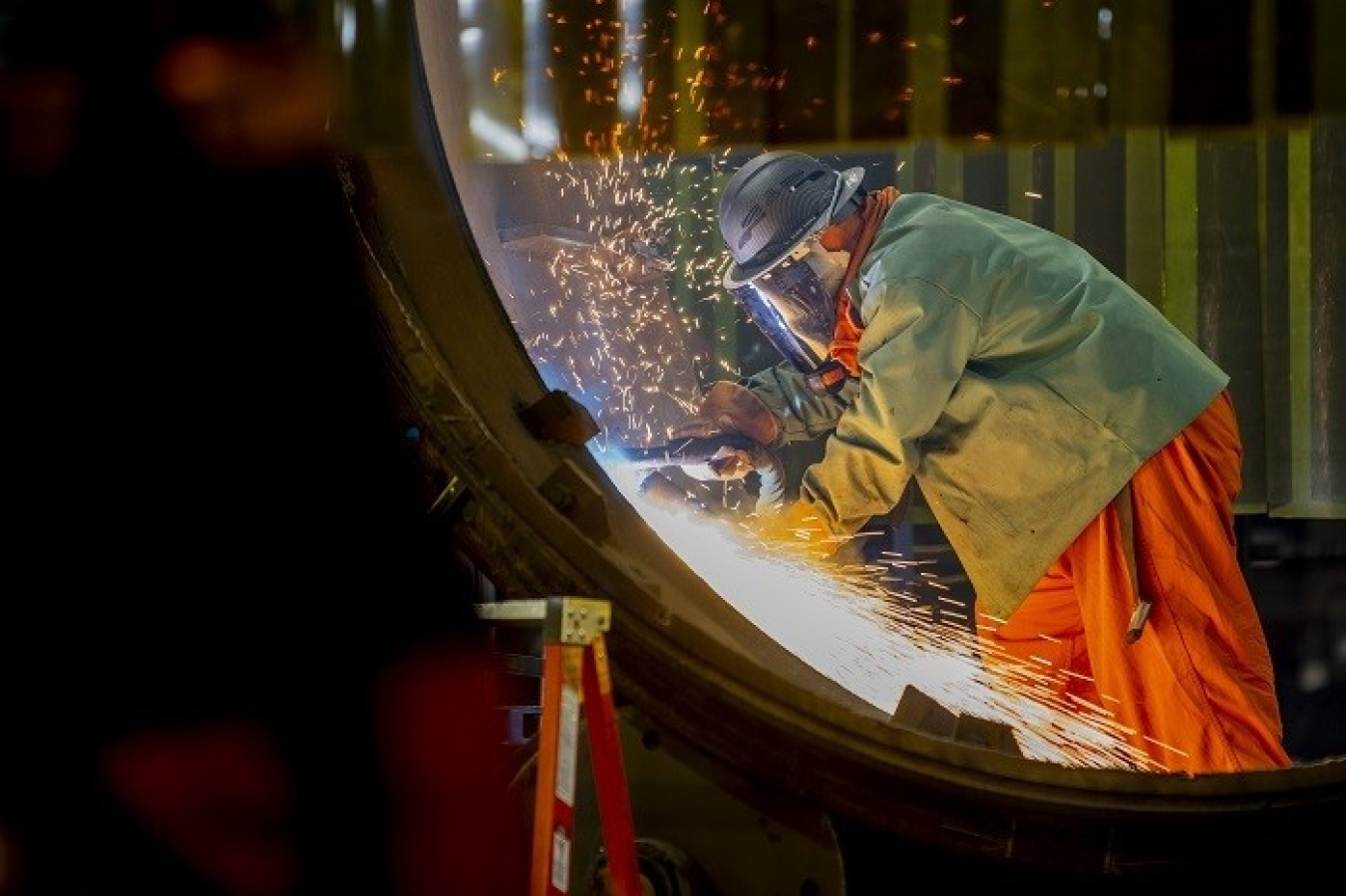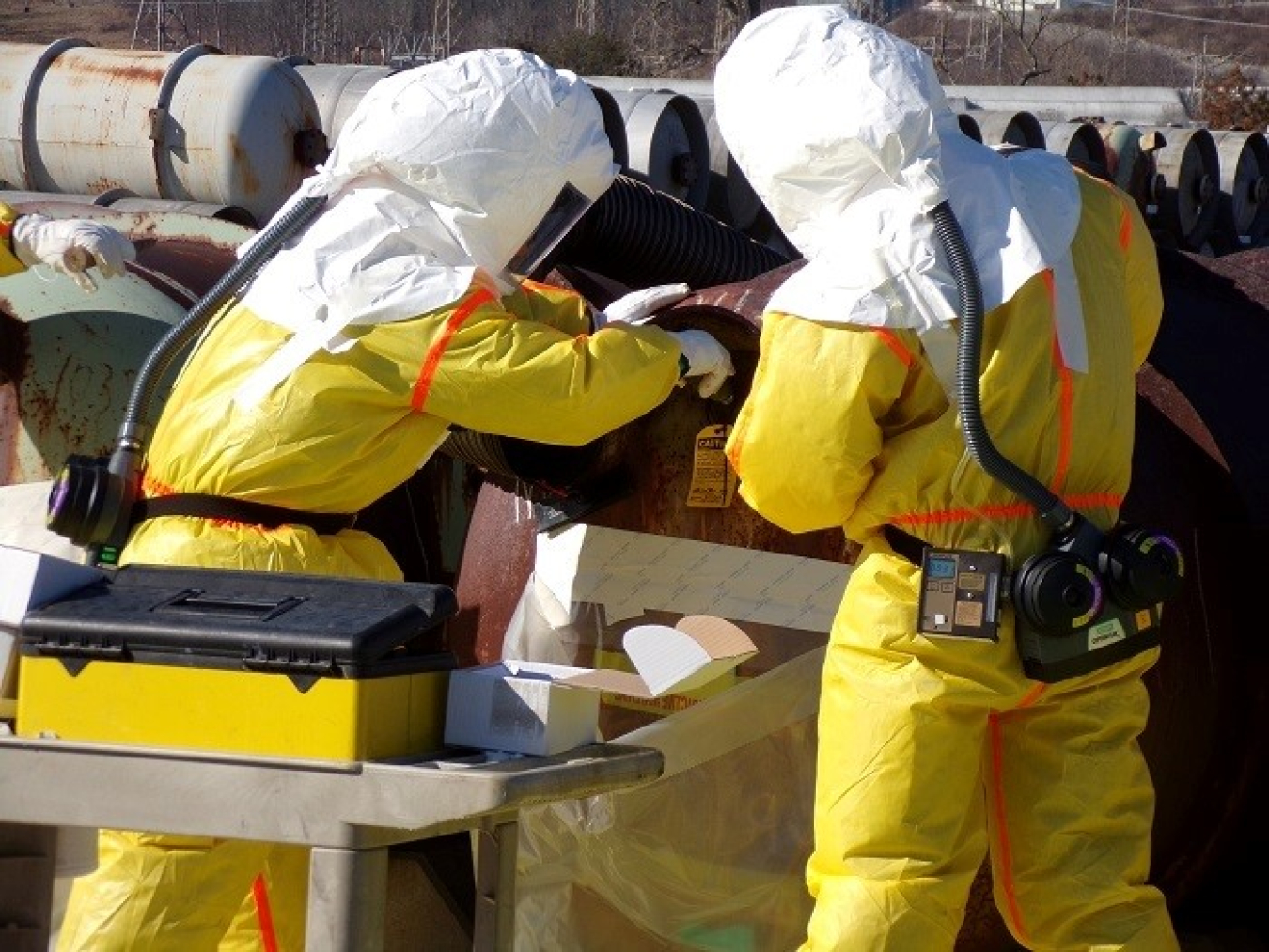The Portsmouth Paducah Project Office (PPPO) achieved significant priorities, goals and milestones in 2024, advancing cleanup and preparing its two sites for future use.
Portsmouth/Paducah Project Office
January 7, 2025LEXINGTON, Ky. — The Portsmouth Paducah Project Office (PPPO) achieved significant priorities, goals and milestones in 2024, advancing cleanup and preparing its two sites for future use.
“Our ultimate goal is to decontaminate and decommission these legacy uranium enrichment facilities as well as reduce the U.S. Department of Energy (DOE) Office of Environmental Management (EM) footprint so our local communities may benefit from reindustrialization,” PPPO Manager Joel Bradburne said. “We made great strides toward that goal this past year.”
PPPO met two EM 2024 priorities. Paducah Site personnel disposed of 1 million pounds of R-114 refrigerant, a legacy environmental hazard stored at the site. The site has safely shipped for disposal more than two-thirds of its 8.5 million-pound inventory of the coolant used in past uranium enrichment operations. This not only removes an ozone-depleting greenhouse gas but provides environmental benefits equivalent to the removal of thousands of vehicles from the road.
The Portsmouth Site checked off an EM priority on Dec. 19 by completing deactivation of X-333, a former uranium enrichment process building. That work involved characterizing the building and equipment from a radiological standpoint, and disconnecting, segmenting, crushing and packing waste for shipment or disposal. Read more about this accomplishment in a related story in this EM Update issue.
Crews placed the final load of deactivation waste from the X-333 Process Building in the On-Site Waste Disposal Facility (OSWDF). Additionally, teams completed construction of a 1 million-gallon storage tank for wastewater and leachate from the disposal facility, and finished other infrastructure work to support OSWDF activities at the site.
At the depleted uranium hexafluoride (DUF6) plants at both sites, crews processed more than 1,000 cylinders in 2024. They also completed several modifications and upgrades to allow all seven lines in these facilities to convert DUF6 to more stable coproducts for disposal or beneficial reuse.
Portsmouth and Paducah also completed a number of other initiatives, such as light-emitting diode (LED) street light upgrades at Paducah — a DOE sustainability initiative that saves costs by reducing electric usage.
Paducah crews tore down 14 excess facilities, including a 300-foot-tall high-pressure fire water tower. Additionally, they continued deactivation activities at the C-333 Process Building, including segmenting more than 170 converters.
“All of these accomplishments demonstrate the Portsmouth Paducah Project Office team’s dedication to the cleanup mission,” Bradburne said. “This work sets up a bright future for our local communities in Kentucky and Ohio.”
-Contributor: Sarah Marko




